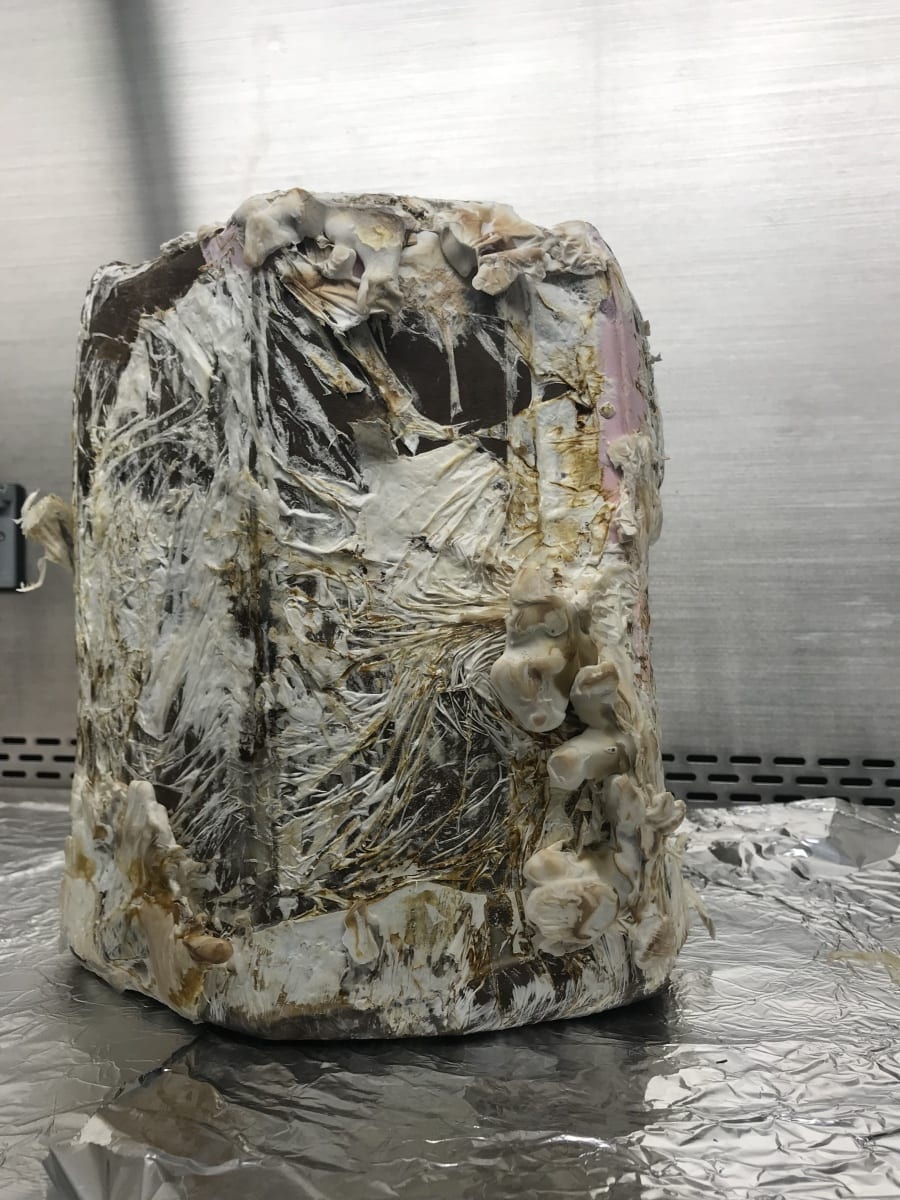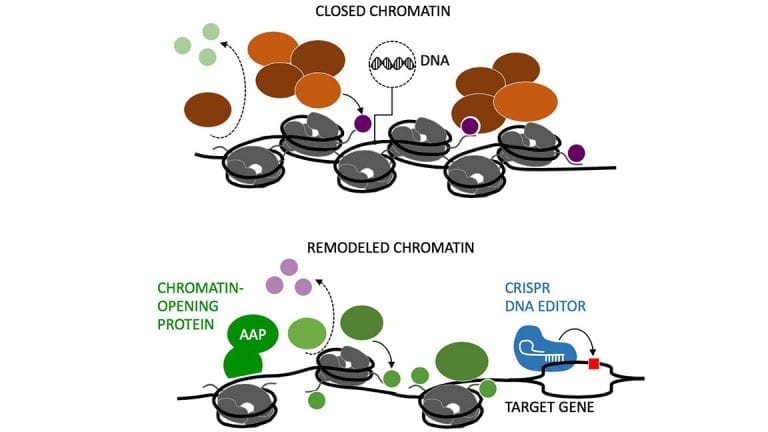[embedyt] https://www.youtube.com/watch?v=Sxj79jtM1cI[/embedyt]
The Latest Updates from Bing News & Google News
Go deeper with Bing News on:
Myco-architecture
- The race to equity in architecture
In this blog, RIBA Inclusion and Diversity Specialist Lienkie Diedericks shares insight from the Architecture Race Forum’s recent panel event, which focused on education and industry representation.
- Best architecture software of 2024
The best architecture software helps you bring ideas and inspiration to the screen, whether you're a professional architect or a hobby and home designer. Our of reviewers team got constructive ...
- Department of Architecture and Interior Design
The Department of Architecture and Interior Design offers the undergraduate Bachelor of Arts in Architecture leading to the professional Master of Architecture, in addition to an undergraduate ...
- Architecture City Guide
Bibilioteca degli Alberi Park / Inside Outside Architecture. Photo © Andrea Cherchi A global and cosmopolitan city, Milan is an uncontested mainstream fashion and ...
- Architecture Competitions
Welcome to Designaddvance 2024, with the theme Architecture of Assembly: Industrialised Construction for High-Rise Buildings. Alnis Stackle, winner of Archifoto 22 (Theme : Architecture and ...
Go deeper with Google Headlines on:
Myco-architecture
[google_news title=”” keyword=”myco-architecture” num_posts=”5″ blurb_length=”0″ show_thumb=”left”]
Go deeper with Bing News on:
Mycelia
- Board Game Mycelia‘s a Deckbuilding Start
Mycelia is a game of forest fungi and deckbuilding, with a friendlier vibe than a lot of deckbuilding games. You might say it gives younger players a … spore-ting chance. (Or not.) Turns in Mycelia ...
- How brands can leverage ingredient innovator partnerships to meet evolving consumer demands
Collaborating with innovative suppliers allows brands to tap into new ideas and develop products that resonate with today's savvy consumers.
- How fungi form ‘fairy rings’ and inspire superstitions
Circles made of mushrooms have inspired superstitions for centuries, but what’s really behind these cryptic rings?
- Southern blight presents challenges for Louisiana growers
Louisiana’s warm, humid weather provides a conducive environment for plant pathogens to quickly establish and spread. As a result, an important plant disease called southern blight has started to show ...
- The Mandalorian Board Game Announced
The Mandalorian is getting a board game. Asmodee's Unexpected Games has announced The Mandalorian: Adventures, a new card-based board game designed by Corey Konieczka, one of the designers of Star ...
Go deeper with Google Headlines on:
Mycelia
[google_news title=”” keyword=”mycelia” num_posts=”5″ blurb_length=”0″ show_thumb=”left”]










